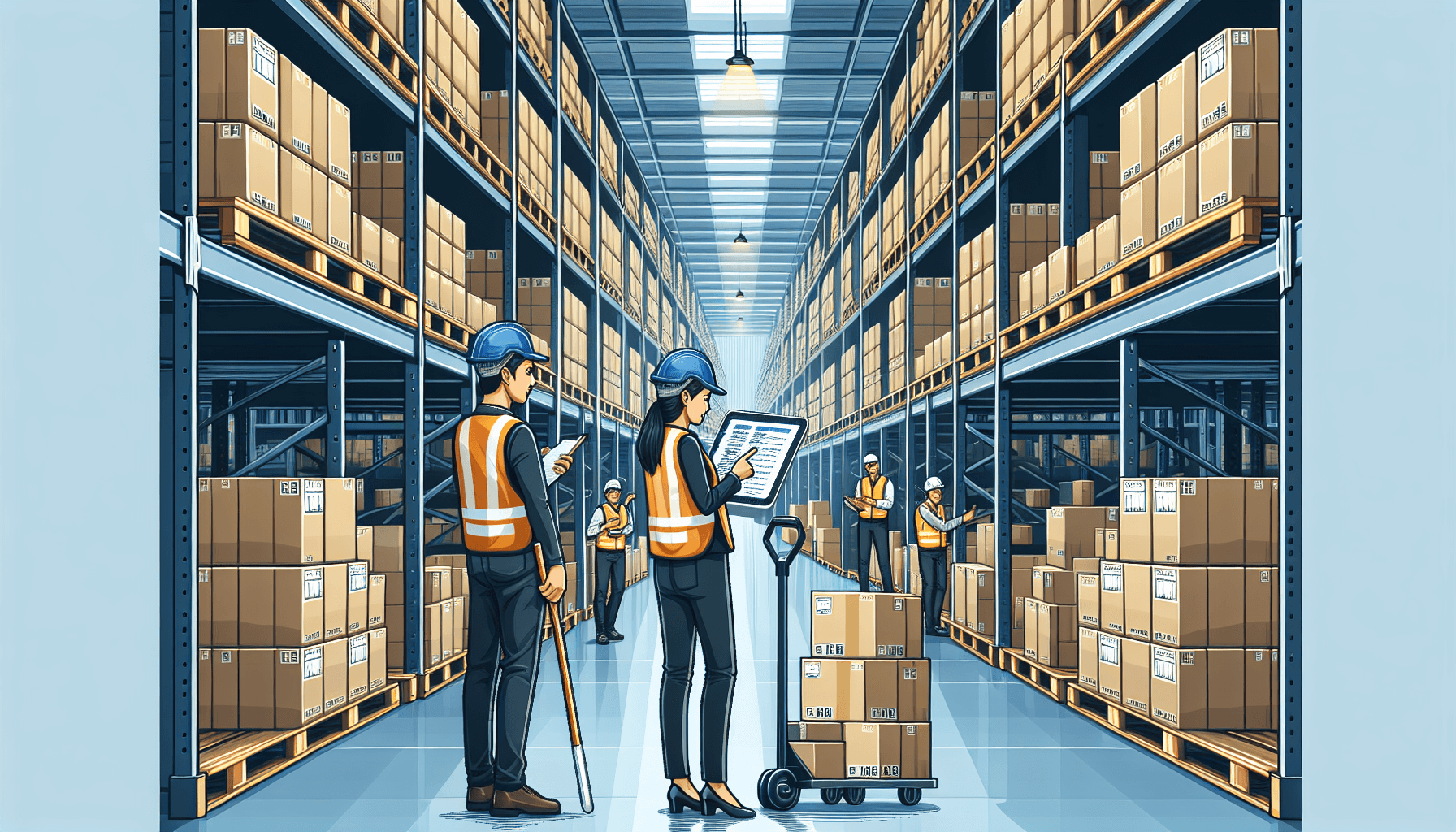Do you want to optimize the material flow in your warehouse? Are you looking for ways to improve safety, productivity, efficiency, and cost-effectiveness within your warehouse operations? Conducting a material flow audit can be a valuable tool for achieving these goals. In this article, we will guide you through the process of conducting a material flow audit in your warehouse.
Understanding the Importance of Material Flow
Efficient material flow is crucial for the smooth operation of any warehouse. It ensures that goods are received, stored, and dispatched in a timely manner, reducing bottlenecks and maximizing productivity. By optimizing the movement of materials, you can minimize delays, reduce the risk of damage, and improve overall operational efficiency.
The first step in conducting a material flow audit is understanding your current processes and identifying areas for improvement. This involves analyzing the movement of materials throughout your warehouse, from the receiving area to storage, picking, packing, and shipping.
Step 1: Map Out Your Current Material Flow
To begin the audit process, start by mapping out your current material flow. This involves creating a visual representation of how materials move through your warehouse. Use arrows to indicate the direction of flow and include details such as the departments involved and the equipment used.
By creating a visual map, you can easily identify areas where materials may be getting stuck, congested, or taking unnecessary detours. This map will serve as a baseline for comparison as you make improvements to your material flow.
Step 2: Identify Bottlenecks and Obstacles
Next, identify any bottlenecks or obstacles that may be hindering the smooth flow of materials in your warehouse. These can include congested areas, inefficient layouts, inadequate equipment, or outdated processes.
Walk through your warehouse and observe the movement of materials. Pay attention to areas where materials are piling up, employees are waiting, or tasks are taking longer than necessary. These are signs of bottlenecks that need to be addressed.
Additionally, consult with your warehouse staff to get their input on areas that could be improved. They are the ones who work on the floor every day and may have valuable insights and suggestions for enhancing material flow.
Step 3: Analyze Workflows and Processes
Once you have identified bottlenecks and obstacles, it’s time to analyze the workflows and processes involved in your material flow. Look for inefficiencies or redundant steps that can be eliminated or streamlined.
Consider factors such as the layout of your warehouse, the location of key resources, the flow of information, and the utilization of equipment and technology. Are there any opportunities to reorganize storage locations for better accessibility? Can you implement automated systems to reduce manual tasks and improve accuracy?
During this analysis, it’s important to keep safety in mind. Ensure that your material flow processes comply with safety regulations and that employees are not exposed to unnecessary risks.
Step 4: Implement Changes and Monitor Results
Once you have identified areas for improvement and developed a plan, it’s time to implement the necessary changes. This may involve reorganizing storage areas, redesigning workflows, upgrading equipment, or implementing new technologies.
As you implement these changes, monitor the results closely. Measure key performance indicators, such as throughput, cycle times, and error rates, to determine the impact of the changes on your material flow. Gather feedback from your employees to assess the effectiveness of the improvements and make any necessary adjustments.
Remember, material flow optimization is an ongoing process. Regularly review and evaluate your material flow and make continuous improvements to ensure optimal efficiency and productivity in your warehouse operations.
If you need assistance with conducting a material flow audit, HCO Innovations can help. Our experts specialize in warehouse optimization solutions, including material flow evaluation. With our guidance, you can enhance safety, productivity, efficiency, and cost-effectiveness within your warehouse. Contact us today to learn more.
Learn more about HCO Innovations’ material flow evaluation services.

